Denmark is home to the oldest existing monarchy in Europe. No wonder it’s filled with impressive castles every tourist should see and experience.
These fairytale castles aren’t only quite the sight, they’ll walk you through Danish history as well. From the architecture and the treasures they hold to the vast grounds these castles stand on, there’s plenty to see. You can take your pick, but if you’re looking for some recommendations, here are five of my favourites.
1. Amalienborg Palace
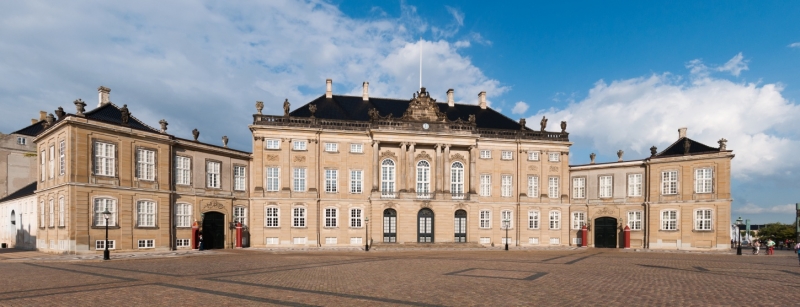
Image credit: Julian Herzog
If you’re a royal history buff, head to Amalienborg. It’s the official residence of one of the world’s oldest monarchies, the Danish Royal Family. Amalienborg consists of four identical classical palaces — Christian VII, Frederik VIII, Christian IX, and Christian VIII. They all boast of baroque interiors and octagonal courtyards. Christian VIII’s Palace houses the museum Amalienborg, where visitors may view the private chambers of former kings and queens.
What the Amalienborg is known for, however, is the Den Kongelige Livgarde or the Royal Danish Life Guards. Every day at 12 noon, passersby can experience the changing of the guards as they march from their barracks on Gothersgade Street. From there, they make their way to Amalienborg by foot.
2. Rosenborg Castle
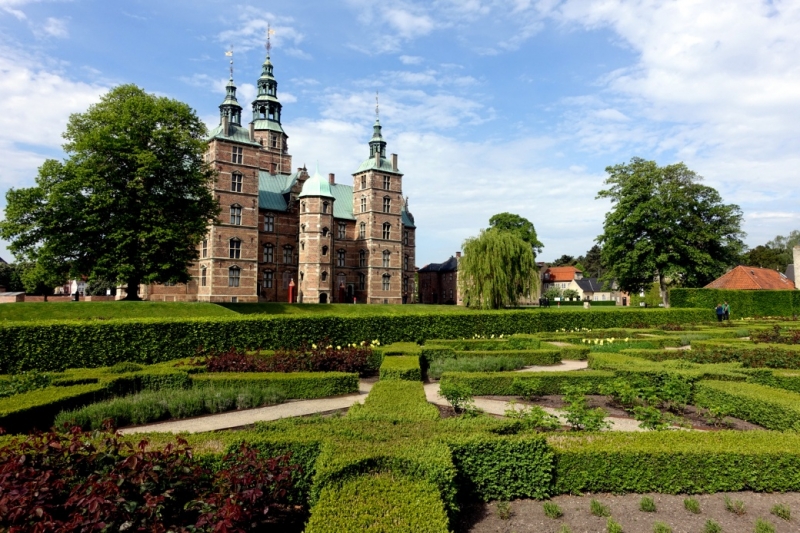
Image credit: Kostas Limitsios
Located in the heart of Copenhagen is the Rosenborg Castle, a royal hermitage built in the early 17th century by one of the most famous Scandinavian kings, Christian IV. As if the structure isn’t impressive enough, the castle also houses a couple of Denmark’s national treasures — its crown jewels. Adorned with table-cut stones, enamel, and gold ornamentation, the crown jewels are kept secure in vaults.
Other main attractions of the Rosenborg Castle are its intricately embellished interiors done in the Dutch Renaissance style, pieces from the royal art collection, and the Knight’s Hall, where the coronation thrones and three life-size silver lions can be spotted. Rosenborg Castle is also home to an unparalleled Venetian glass collection, as well as several well-preserved volumes of Flora Danica or botanical atlases.
3. Christiansborg Palace
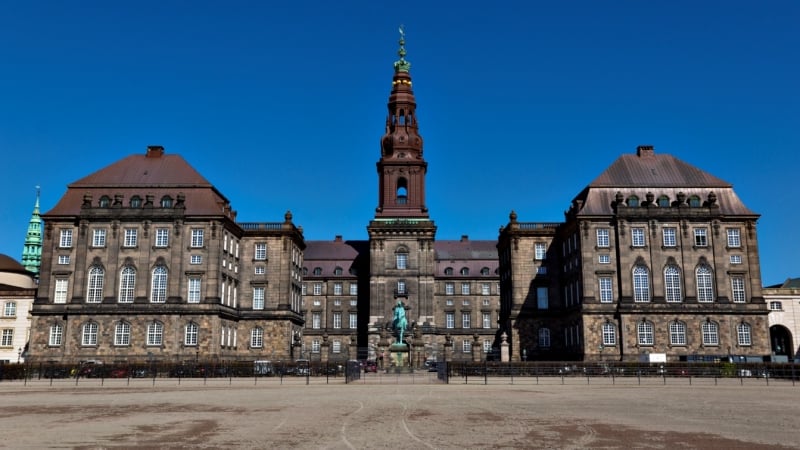
Image credit: Miguel Mendez
Christiansborg Palace sits on the tiny island of Slotsholmen in Copenhagen and is known as the centre of the Danish democracy. It houses the Danish Parliament (Folketinget), the Supreme Court, and the office of the Danish prime minister.
Some parts of the palace, like the Royal Reception Rooms, are used by the Royal Family for various functions such as state visits, proclamations of Danish monarchs, and official dinners and banquets. Although the castle is used as an events place, it is also a working palace where the Queen holds office from time to time. It’s good to note, though, that the Royal Reception Rooms are opened to the public for viewing when the Queen is not around.
4. Kronborg Castle
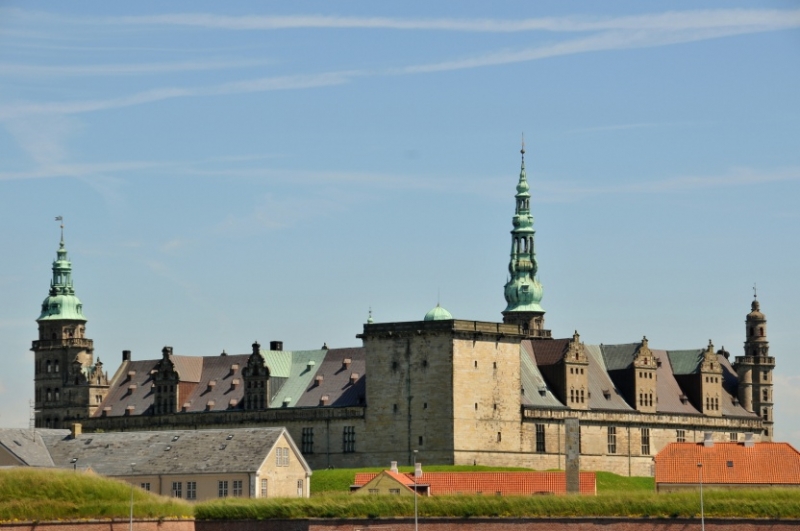
Image credit: Jerdam
Immortalized by Shakespeare, Kronborg Castle (or Hamlet Castle) is probably Denmark’s most famous castle. As one of Europe’s most impenetrable strongholds, Kronborg is culturally and historically significant to the Danish people. Grand barricades used to protect the country from unwelcome visitors. The place was home to the royal family until the late 1600s, too.
Today, this UNESCO World Heritage Site is open to the public for viewing. Visitors flock to the castle to see beautifully decorated rooms, former royal chambers, a well-preserved chapel, King Frederick II’s wine cellar, and a 16th-century ballroom. One look is enough to give tourists a peek into the former residents’ decadent lifestyle. Theatre fanatics, on the other hand, can watch live performances of Shakespeare’s greatest plays in the summertime.
5. Frederiksborg Castle
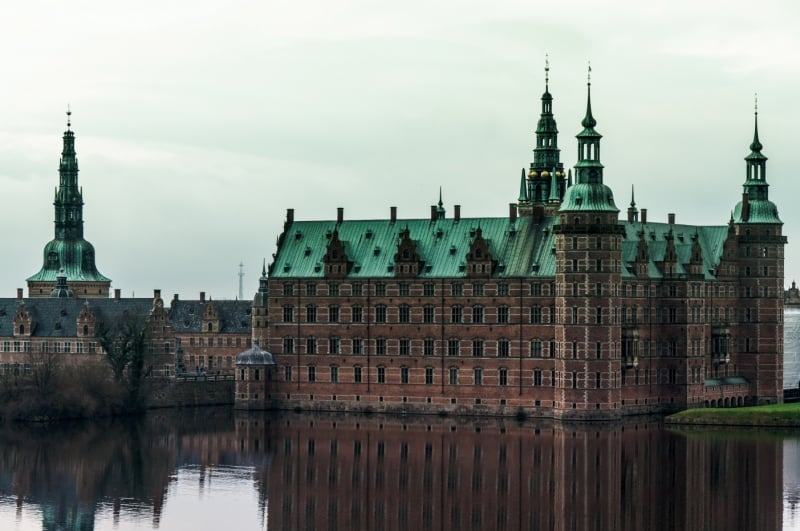
Image credit: David Blangstrup
Frederiksborg Castle is located in Hillerød, which is north of Copenhagen. The massive structure was built by Christian IV and is an excellent example of Renaissance architecture and artisanship. The castle has housed the Museum of National History since 1878. It was established by J.C. Jacobsen, the founder of the global brewery Carlsberg. The museum has a magnificent art and furniture collection, which features pieces from the last five centuries.
Next time you find yourself in Denmark, be sure to go castle-hopping. After all, it’s not every day that you get to visit sites straight out of a fairytale. I promise you won’t be disappointed. Enjoy!
Also read: Eat Like a Local in Denmark: Top 6 Foods You Must Try




